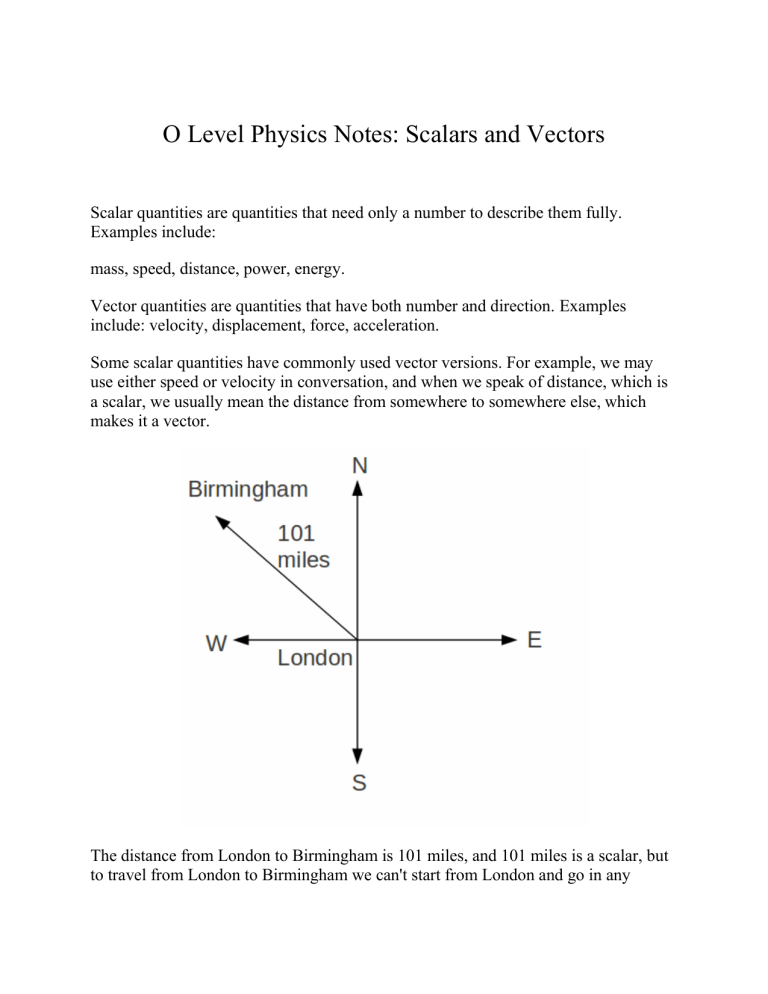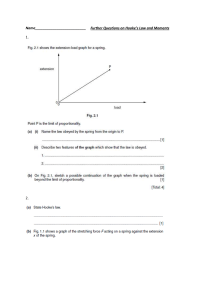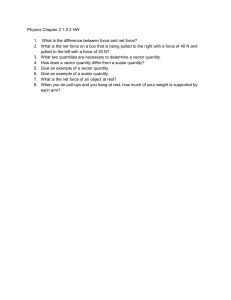
O Level Physics Notes: Scalars and Vectors Scalar quantities are quantities that need only a number to describe them fully. Examples include: mass, speed, distance, power, energy. Vector quantities are quantities that have both number and direction. Examples include: velocity, displacement, force, acceleration. Some scalar quantities have commonly used vector versions. For example, we may use either speed or velocity in conversation, and when we speak of distance, which is a scalar, we usually mean the distance from somewhere to somewhere else, which makes it a vector. The distance from London to Birmingham is 101 miles, and 101 miles is a scalar, but to travel from London to Birmingham we can't start from London and go in any direction – we have to travel north west, and this pairing of distance with direction defines a vector. If we take 2 hours to travel from London to Birmingham, the speed is and this is a scalar, but we must travel in the direction north west, and this pairing of speed with direction defines a vector. |Scalars can be added or subtracted with no complications. Masses of 3Kg and 5Kg together make a mass of 8Kg, but we have to be careful about adding vectors. Adding a force of 3N directed North to a force of 5N directed north east is best illustrated by drawing a triangle. We construct a parallelogram as shown. Now draw in the diagonal so that it represents the sum of the two vectors. We can use the triangle ABC to find the resultant R using the cosine rule. We can also find the bearing, given by the angle using the sine rule: O Level Physics Notes: Moments – The Lever Principle The principle of moments can be used to move large objects with manageable forces. The Law behind 'The Lever Principle', famously summarised by Archimedes of Syracuse in the phrase, 'Give me a place to stand and I will move the Earth'. To apply the principle of moments, we choose a point to take moments about. A natural point to take moments about is a point about which turning might take place. In the diagram below this is the point O. Taking moments about a point means working out the product of force and perpendicular distance for the anticlockwise forces: And putting them equal to the product of force and perpendicular distance for the clockwise forces: obating the equation Knowledge of any three of will mean we can work out the other one. The Lever Principle is illustrated below. Taking moments about the balance point, This means we can use a force of 653N to lift a weight of 1000*9.8=9800N.




